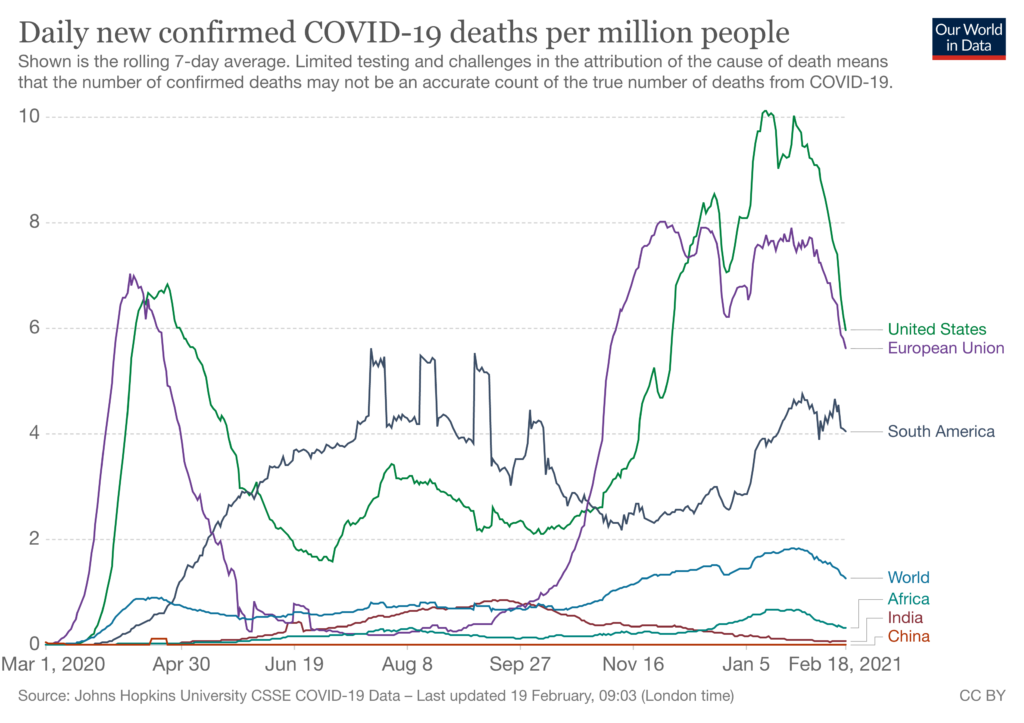Homeopathy is beneficial in treating injury, either by way of first aid or post hospital care. It can and has been usefully used in the hospital and clinic. However, current medical practice is for the most part resistant to old wisdom.
Drawing on Dr Roger Morrison’s Desktop Companion to Physical Pathology, in this blog I will consider bruises and wounds.
The goal of homeopathic treatment is accelerated healing. The management of injuries as followed in general medical practice, and taught by first aid organisations still applies.
Homeopathic remedies are potentised ultra-dilutions. They are not bio-chemical medicines. Rather they act energetically or (I prefer) informationally to stimulate the innate healing potential of the body. By analogy in this information age, a software download. Thus, they are of particular value where the healing process is slower than anticipated. Homeopathic remedies are not generally required for minor incidents.
With a few exceptions the majority of homeopathic remedies used in treating injury (termed vulneraries) are of plant origin. Interestingly, several sit within a single plant family – the Asterales, also known as the Compostitae. That this should be so, surely indicates that Creation is anything but haphazard. Here are the main examples:
As an aside, recall from your childhood the relationship between the nettle (Urtica urens) and the common dock (Rumex). You ease the sting of the nettle by rubbing with the dock leaf. In this case different plant families, yet often found growing together. (Homeopathically both remedies have itching of the skin as a keynote; a small example of the like cures like homeopathic principle).
Let’s consider some plants in homeopathic practice that are beneficial in treating injury:
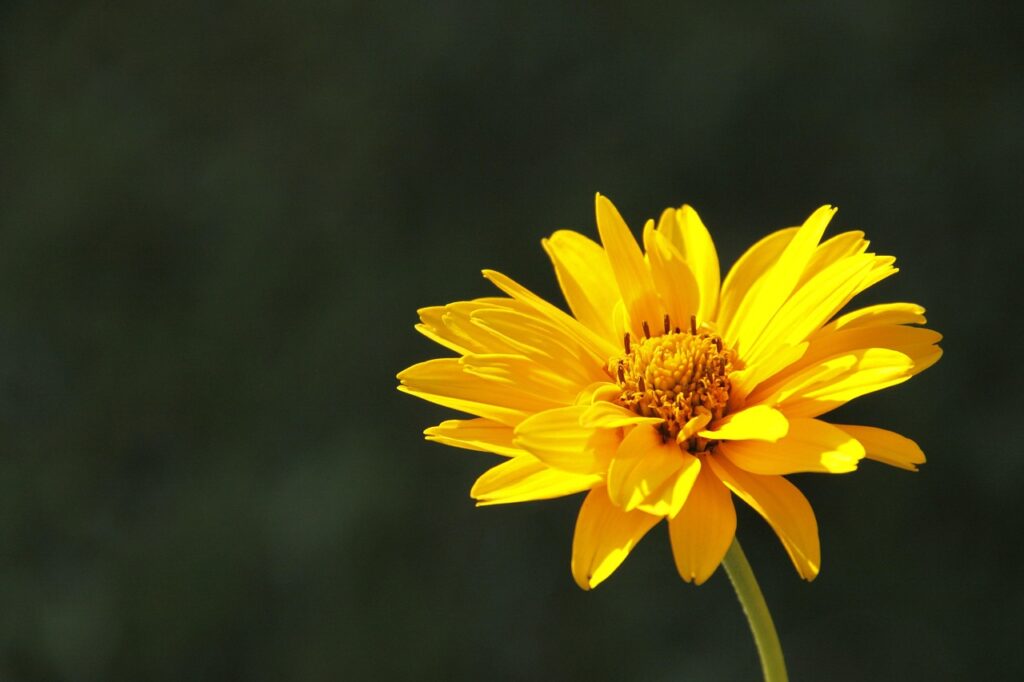
Even those unfamiliar with homeopathy, have likely heard of arnica. Commonly, used as a cream or ointment containing tincture of the plant and used for strains, contusions and muscle soreness.
A tincture is usually an extraction of the plant (or part of) preserved in an alcohol water mixture. Tincture in 10% alcohol is a typical starting point in the homeopathic process of making a potentised remedy.
Do not use Arnica tincture or herbal cream on an open wound as will cause irritation.
The guide word for arnica is BLUNT trauma. Minor bruises do not need homeopathic treatment though topical use of a salve will do no harm.
Homeopathic arnica comes into its own after severe trauma leading to deep bruising. The sort of trauma following a fall, car crash or surgery. In such cases it is the No.1 remedy. In the event that shock is predominant then first give Aconite (see later).
Interestingly Arnica also has an affinity to past trauma. I recall a case taken by the remarkable Prof. George Vithoulkas (still working and in his 90s) when attending a course at his academy in Greece. The patient had been badly assaulted years ago. She had not been well since. Vithoulkas opened the case with homeopathic Arnica!
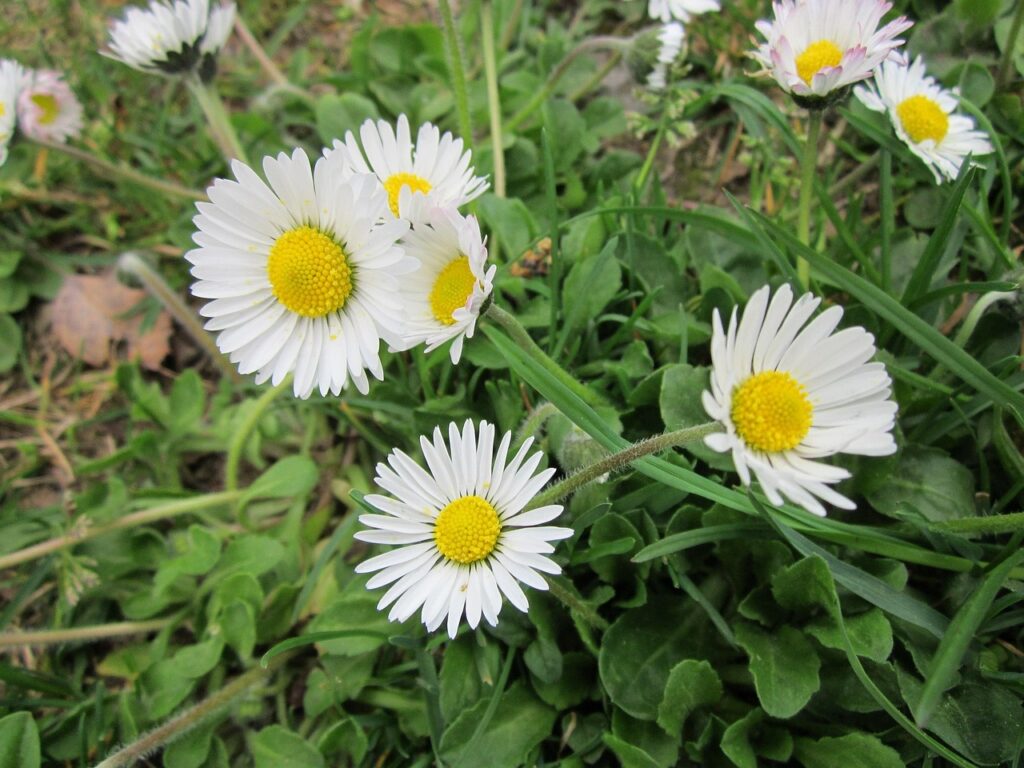
This is the common daisy. Similar to Arnica, but it has particular affinity in cases of surgery to soft organs and blunt trauma to the abdomen or pelvis (including the womb – say, in pregnancy).
It is also a remedy where there has been injury to the nerves.
Apparently, the late Dr James Compton-Burnett, spoke of it being a ‘princely remedy for old gardeners’. In other words of benefit to those overusing their muscles a great deal. Perhaps less of a hazard in this machine age. In my text book I find this remedy also as the No.1 for twisted ankles.
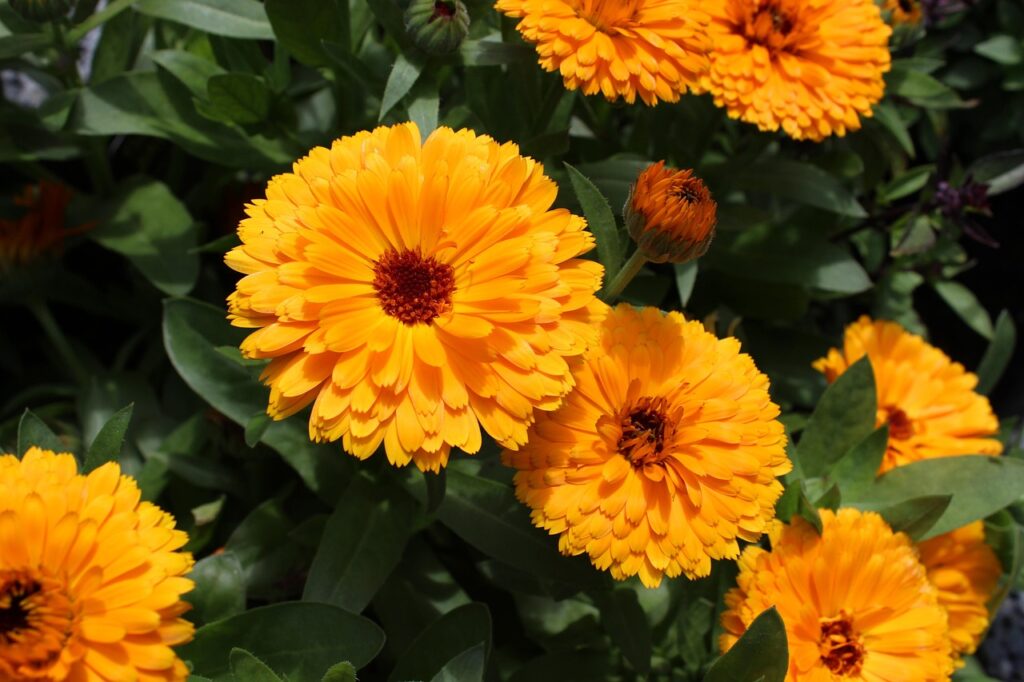
The marigold. ‘The’ remedy to prevent infection and promote healing in clean cut wounds. Also valuable in slow healing ulcers and simple (first degree) burns.
It can be used externally (topically) as tincture or salve and/or internally in homeopathic potency.
Various creams are available over the counter. However, a few drops of mother tincture in boiled and cooled (i.e. sterile) water dabbed onto the wound is equally effective.
An eyewash prepared in a similar way, can ease abrasion of the eye. Ditto a mouthwash after dental procedures (it has haemostatic – stops bleeding – qualities).
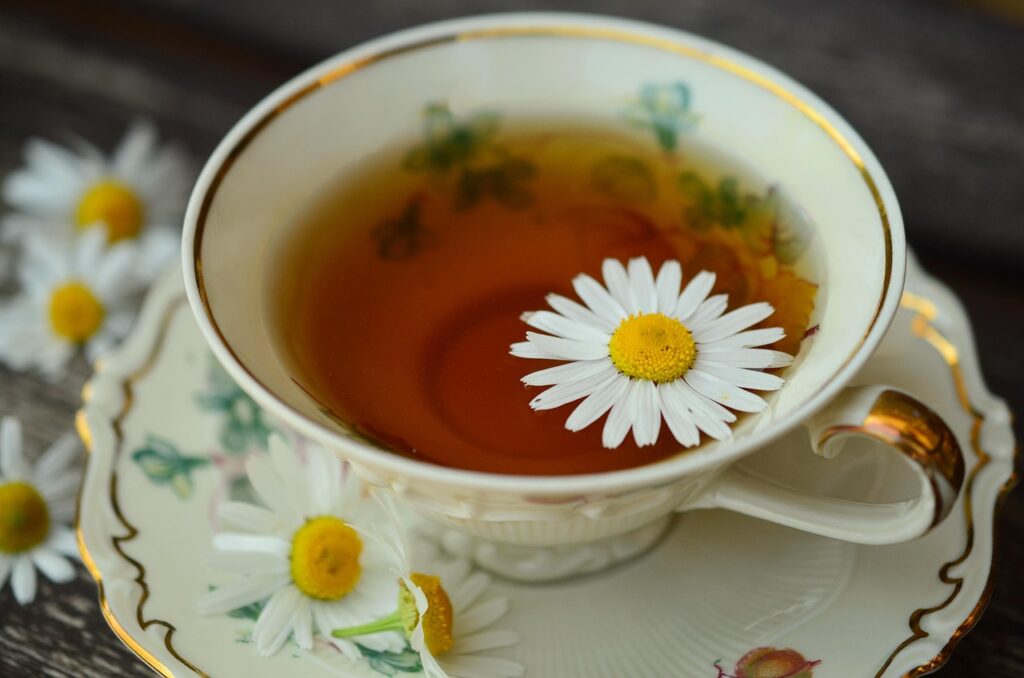
Camomile – more familiar as an infusion, perhaps. Another daisy. In this case to calm pain.
Dr Margaret Tyler was another famous homeopath from the past suggested and alternative name, “cannot bear it”. Chamomilla is a remedy for pain. The general keynote is sensitivity beyond that which might be expected. Hahnemann apparently said not to give chamomilla where sickness is borne with calmness and patience. It gains its place in settling teething children who are unconsolable. Given a toy they throw it away. Only when the child is carried around is there relative ease.
Similarly the adult in pain must pace the floor, so one might think of its use in certain type of toothache.
We move to a different plant family. If you are a gardener, you will be familiar with Hypericum or St. John’s Wort.
This remedy is for wounds to areas dense in nerves. Think of crushing wounds such as fingers caught in a closing door.
Mentioned also is pain lingering after an epidural or episiotomy or even an amputation.

Sometimes known as Marsh Rosemary and in the Rhododendron family.
In common with hypericum, this remedy is for puncture wounds. No.1 for the effects of bites or stings (insect or animal) or stepping on nails, staple guns or such like.
Can be useful in Plantar Fasciitis (heel and arch pain in the sole of the foot)
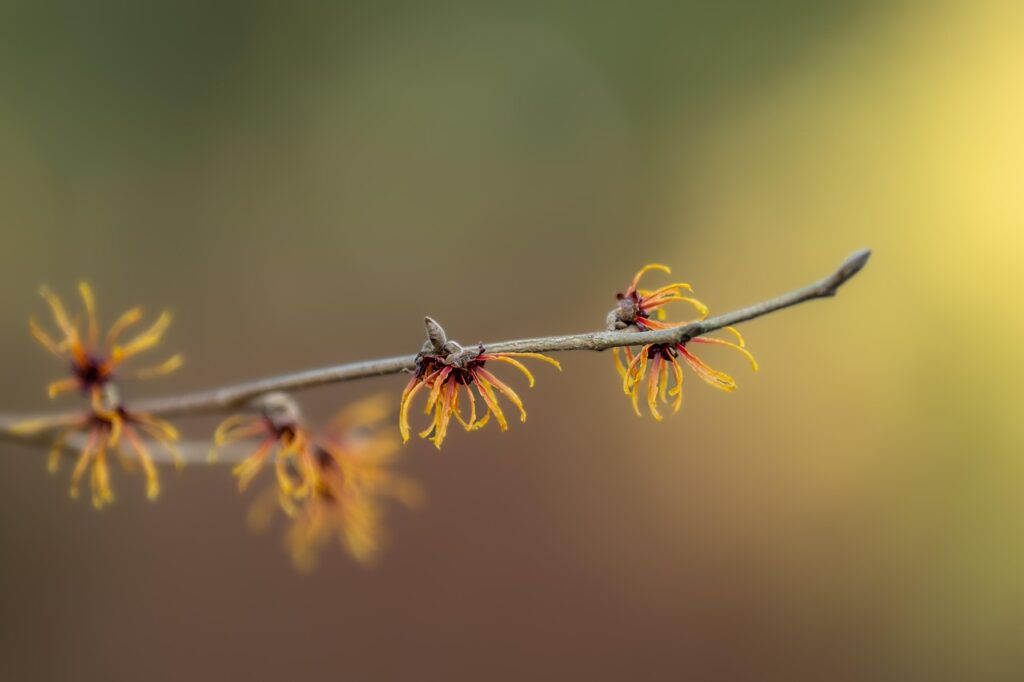
Better known as Witch Hazel. What arnica is to soft tissue, hamamelis is to oozing congestive haemorrhages such as inflamed veins and surrounding tissues. Varicose veins come into this category and haemorrhoids (piles) which are simply varicose veins of the rectum.
A specific remedy for bleeding inside the eye after trauma.
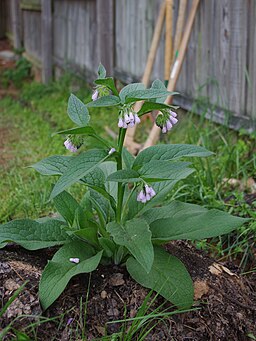
This plant better known to gardeners as Comfrey is also worth a mention. Its specific ‘talent’ is in the healing of fractures (after properly set in place by the orthopaedic department).
To quote “In the case of a fracture a surgeon’s aid is indispensable. At all events, a few doses of Arnica should be administered as it does good in many ways. After the bone has been set …symphytum should be administered internally for a … week or more”. The late Dr Bhanja of Calcutta (The Homeopathic Prescriber).
Finally, I wish to mention Aconite Not in the specific context of physical trauma, but SHOCK following trauma. The mental keynote for Aconite is “anguish of mind and body; the restlessness; the disquiet not to be allayed.” Ailments caused by fear and fright; fear of death.
Give Aconite first if there is shock. Arnica can follow.
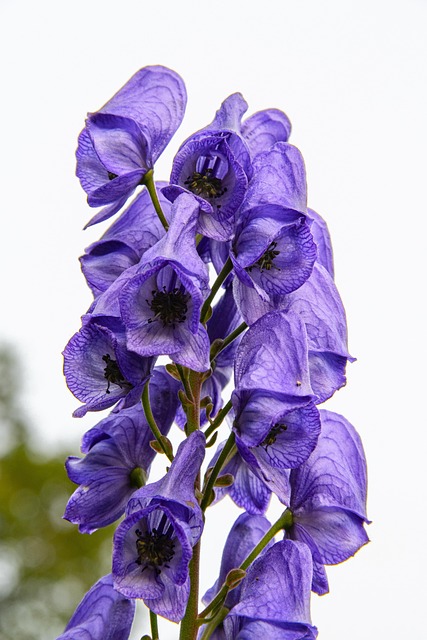
Standard advice is to give nothing by mouth whilst awaiting the paramedics etc. Homeopathic remedies can still be given in this spirit. If you have a homeopathic first aid kit, one pill can be put in a little water and a teaspoon given. Or just moisten the lips. And if there’s no water to hand, a tiny pill popped into the mouth still presents no hazard.
***
Should you need advice on recovery from some trauma, be it physical or emotional please get in touch. I offer a free half-hour discovery call which you can book via my website. Or send an email to [email protected]
This blog looks at how homeopathy can help with cold and flu and offers guidance on self-help. September marks the beginning of the school year – coincidentally or otherwise – time when respiriatory infections surface.
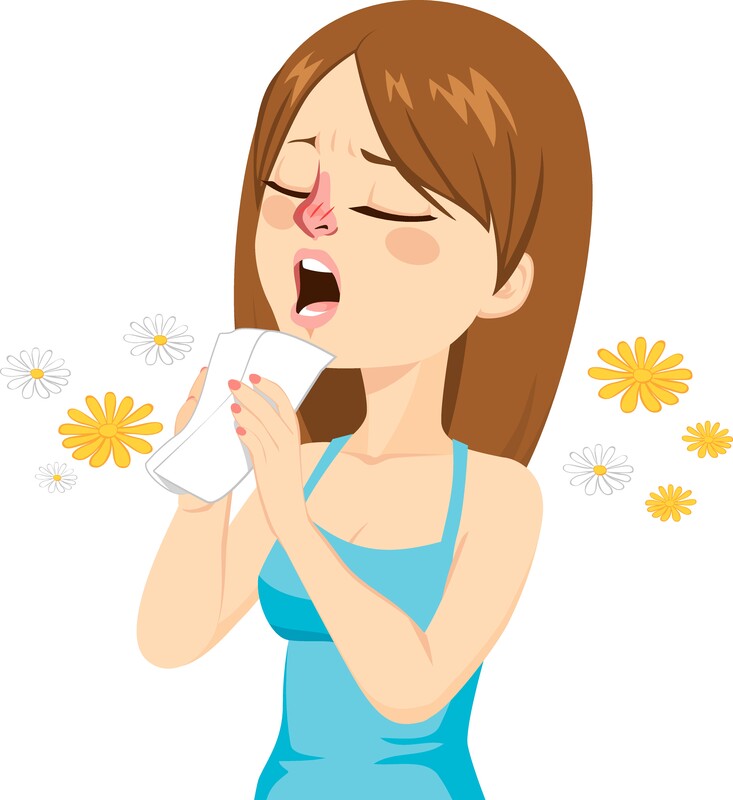
From my bookshelf I pull a book dating back to 1985, written by a naturopath Ross Tattler. On the subject of colds and coughs, he notes the ‘bewildering arsenal of weapons to wipe out the enemy’ that is the common cold. Take a look in the supermarket or pharmacy and you will see that not much has changed 40 years on.

He then writes, ‘How strange it must sound to hear that this is the worst possible of all courses to follow!’
He goes on to tell us that the common cold is not a disease that ‘leaps out and attacks the innocent’. Indeed, he says, ‘it is not a disease…rather the cure of a disease’. In other words the body’s defence mechanisms are at work to detoxify the body and reestablish balance. Consequently, over-the-counter medications, which suppress symptoms, simply delay recovery.
The conventional view is that colds are caused by a virus, a reasonable proposition. Yet it’s not entirely clear how viruses come about, even what they are about (e.g. seasonality). Also not everyone ‘catches’ the cold at the same time, which is slightly strange as viral particles abound especially in urban settings. So, individual susceptibility must be factored-in. For the virus to ‘take’ there has to be susceptibility.
Interestingly, a research facility near Salisbury, studied the common cold for many years, closing in 1990. Much was learned, but no ‘cure’ found.
Discussion as to our nature, and that of a ‘cold’ continues. Meatime, to assume that a ‘cold’ has purpose (however inconvenient) is one reasonable hypotheses. That purpose is a cleansing effort to remove toxins from the body and maintain health. You need a clear out from time to time.
So much for hypotheses, what should you do practically?
If you can accept the above uncertainties, then practitioners of a naturopathic bent are generally well aligned on the approach. Coming up to date, Dr Sarah Myhill formerly a general practitioner now turned naturopath (with a special interest in ME) penned a book in 2020 titled Ecological Medicine. In the Appendix you will find the Groundhog Acute table of guidance.
Common approaches between her thinking and such as Tattler’s earlier work are:
Another common theme is avoiding suppressive medications. Don’t suppress your symptoms with drugs (paracetamol etc). Symptoms are the body’s intelligent response; driving return to harmony. Drugs make you feel better but being suppressive, recovery takes longer.
Potentially, by depressing the immune system an infection can deepen, taking hold and risking health further.
As Myhill says – use your brain! She means assessing whether the situation is stable, getting better or worse.
Clearly if a respiratory infection is deepening with the potential of say pneumonia (lung infection) it is time to seek medical help.
It is sensible to have some vitamin C (powder is good) and zinc in he medicine chest. There are plenty of options but here is one supplier I came across whilst writing this: https://www.biocare.co.uk/. Higher Nature and Health Plus are others
Homeopaths like naturopaths understand that your symptom picture has meaning. Both perceive symptoms as the body’s effort to restore harmony.
Consequently, the purpose of the homeopathic remedy (medicine) is to complement the work of the immune system. Not suppress it.
As with vitamins and minerals above, having a simple remedy kit to hand is worthwhile. It will keep for years if looked after.
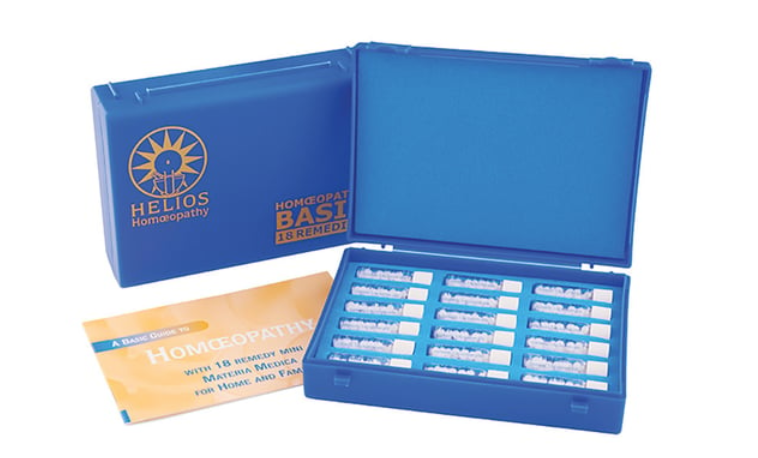
Classical homeopathic prescribing considers the following:
Consider homeopathic treatment like finding the right key for a lock, if after a taking the remedy for a short while (see below for method) there is no response, then try another. The remedy has to resonate.
The task is to match the charateristics of a remedy (medicine) with the symptoms of the patient. As stated, symptoms reflect the body’s attempt to cure, which you want to encourage.
The homeopathic remedy echoes those symptoms and stimulates an immune response. This is the principle of ‘like curing like’ (which is what the word Homeo-pathy means). Properly applied you will get better quicker.
Here are some characteristics of remedies typically found in first aid kits.
Homeopathic medicines are absorbed through the mucous membranes of the mouth – not the gut. So you let the pill dissolve under the tongue. Note that there is no difference in dosage or approach for children.
A simple alternative approach is to put one or two pills into a bottle of water and shake (they may not dissolve straight away – that does not matter). Then sip on and off through the day (lightly shake each time). Hold in the mouth for a few seconds then swallow.
The active homeopathic remedy is typically absorbed onto a sugar pill. When you put the pill into water the pattern or resonance of the remedy transfers to the water. You can top up the water bottle without adding another pill.
If you see no improvement in 24-36 hours then you should retake your case and try another remedy. Once there is clear improvement then you can stop taking the remedy – the body will take over.
For guidance on the use of homeopathy please book a discovery call via my website or mail me at [email protected].
I am happy to give short talks to groups on homeopathy in general and on the homeopathic approach to the treatment of minor ailments, please email me.
Waldorf Education and Anthroposophy may be unfamiliar subjects, but nonetheless are very pertinent to modern times.
The Society of Homeopaths was honoured to listen to pediatrician Dr Micheala Glöckler at their recent conference in London.
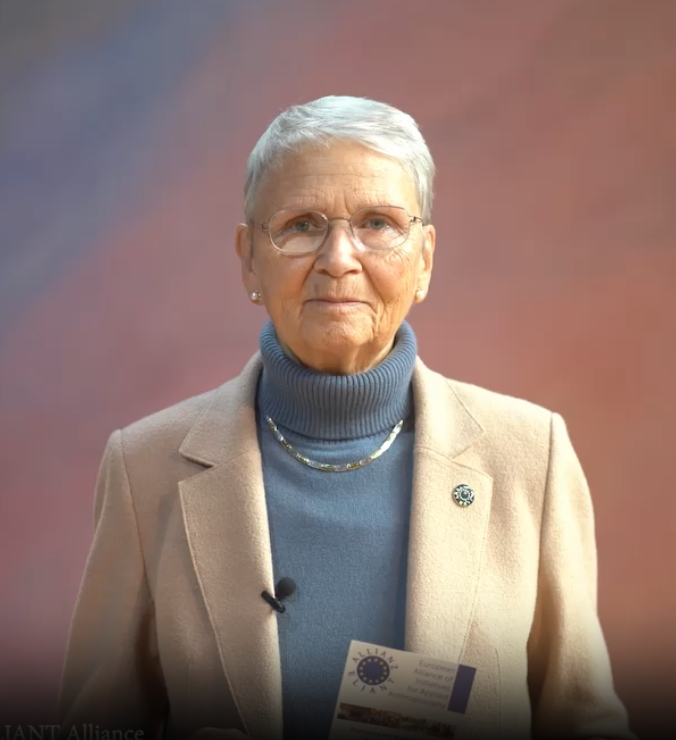
German born Dr Glöckler now lives in Switzerland and has a deep passion for Applied Anthroposophy and the availability of choice and cultural diversity.
Anthroposophy (Anthro-po-sophy) is a philosophical system associated with polymath Dr Rudolf Steiner (1861-1925). The word means human (anthropos) wisdom (sophia).
Steiner had great respect for Dr Samuel Hahnemann (1755-1843) who documented the principles of Homeopathic Medicine. Indeed Anthroposophic medicines are low potency homeopathic preparations. In the UK, Weleda is one well know name in the manufacture of both homeopathic and anthroposophic medicines.
While writing this blog, I found a interesting (but quite long) article comparing Steiner’s work and Homeopathy.
Dr Glöckler spoke with great passion through the morning session, almost without notes, surely challenge enough, without that of speaking in a foreign language. Gut gemacht!
Waldorf Education follows the Anthroposophy of Rudolf Steiner. The name comes fom the town of Waldorf, a town near Stuttgart.
Wikipedia gives a good overview. Do bear in mind that the Wikipedia perspective is coloured by their philosophy which is not as definitive as they would like you to believe.
Children according to Steiner-Waldorf teaching, learn in three ways: imitation; experience (often painful); and, insight or understanding. Education should be age appropriate.
Education should also be in the real – not the digital world – and that real world incorporates an awareness of Higher Worlds (i.e. the spiritual).
Dr Glöckler warned us not to delegate our potential (or consciousness) to the internet; to do so risks delegation to the State and potentially the control the powerful and often negative forces.
Healthy learning is active (analogue) not passive (digital). Ultimately what we truly understand is self-education.
She moved on to consider in closer detail a child’s development. There are three seven year cycles: first (0-7) brain, then emotional (8-14); and finally consciousness and responsibility (15-21).
As a aside (but relevant) children’s author Michael Morpurgo also had something to say on the value of early years education on the BBC yesterday.
Having been a school governor for almost twenty years, I can say that national curriculums and such like are eternal subjects of debate. The rise in home schooling rather demonstrates the dissatisfaction with a one size fits all view-point.
All across Europe – and even in land of her birth – mainstream medicine increasingly denies the teachings of Hahnemann and Steiner. The reason, Dr Glöckler explained, is a failure to understand the working principles. At the core is a battle of philosophies: the technology focused trans-humanistic view versus the spiritual path.
Each human being has its unique spiritual destiny which is ignored at our peril. She urged everyone to campaign for the legal status of integrative medicine (see https://eliant.eu/en/).
Modern medicine, for all its benefits, focuses solely on the physical body. This approach is wonderful in emergency medicine, when life is threatened. However the nature of disease – or better ‘dis-ease’ – is much more complex. Your physical symptoms can have roots in anything from infection, through emotional issues to your genetic inheritance.
The book shown below provides some excellent guidance on how parents and carers can treat illnesses and guide their children.
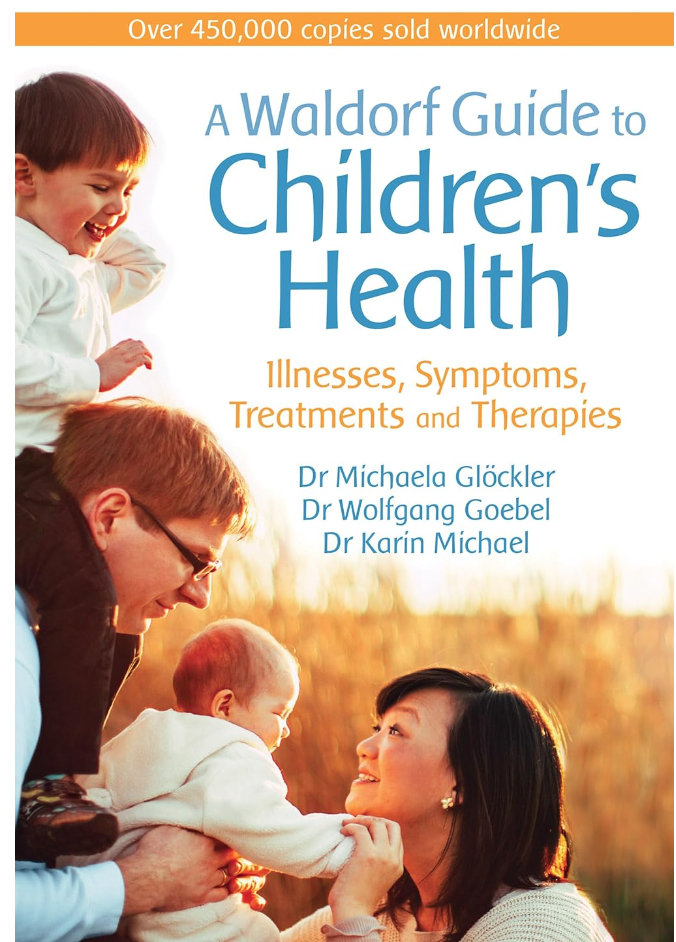
Dr Glöckler coined the term ‘deficitarian’, stimulating the ‘little grey cells’ of the audience to action!
The underlying philosophy of Waldorf Education and Anthroposophy recognises that humans are not perfect by nature; this is both our deficit (hence ‘deficitarian’) and our catalyst to growth. The ‘deficit’ then, is the gap between what we are and what we must become.
Life, health and illness extend beyond the domain of modern medicine with its physical / material focus. Life is neither visible nor material. Illness may be inconvenient, but it is also a rebalancing process and necessary for long term health (hence a child’s fever is ‘healthy’).
As humans we live in constant interaction with our environment – from the microcosm (e.g. microbiome) to macrocosm (e.g. cosmos). A focus on the physical body alone denies the constant interplay between that body (mostly water) with its metabolism (warmth driven), and the immaterial etheric (life force), astral (emotional) and thought processes. Ultimately, we live a life of thoughts.
Dr Glöckler retold a story about Paracelsus a notable 16th century Swiss physician. He, together with five other medical men, discuss the cause of death of a man during a cholera epidemic (but substitute any disease you like). In abbreviated form the story goes thus:
The question is, ‘Why did the patient die’?
The first doctor says: ‘It is the [cholera] bacteria that caused the death – obvioulsy the patient died of cholera’
The second doctor responds: ‘As only 10% of those infected from the contaminated water died, you cannot say this. The death could be due to poor natural immunity’.
The third doctor says: ‘Positive feelings strengthen the immune system, and negative weaken. The patient was frustrated in his soul and was not in balance. This is the cause.’
The fourth doctor says: ‘All well and good, but actually the patient’s ego (spiritual identity) was weak, thus his tolerance of frustration was undermined. At the core, this is why he died.’
The fifth doctor then chips in: ‘I looked up the astrological tables; the stars point to a lethal crisis. His life was over, it was his time to die.’
Everyone now looks to Paracelsus, who smiles and says: ‘You are all correct, there are five causes of illness and five ways to health. A good doctor must know all of them equally well and walk with each person the most promising path to healing.’
In this parable, Paracelsus demonstrates the complexity of the human constitution.
Homeopathy is (w)holistic medicine, its consideration goes much further that the orthodox diagnosis.
The latter has value in determining the trajectory of the ailment and the urgency of intervention. However, all too often the outcome is management of symptoms and a failure to consider the underlying cause.
For this reason the initial homeopathic consultation takes time. Its purpose is to try and reveal the underlying cause and reestablish harmony in the body.
I recall one case when attending the International Academy of Classical Homeopathy in Greece, where a patient’s problems originated some decades in the past. The lady had suffered physical assault from her father or step-father. The college principal, Prof. Vithoulkas, opened with the remedy Arnica – a remedy know for repair of deep bruising. Why? Because the body had held that memory.
If you judge you have never been well since some event in the past, physical or emotional, and would like to find out whether homeopathy might help you, please book a discovery call via my website.
I heard someone on the radio saying that we are living healthier and longer lives than ever before. In fact it is a mantra that is often stated. We take such a statement at face value because it seems to make sense, after all the average lifespan in the UK is just north of 80 years which is a good deal greater than the Biblical “three score years and ten”. And of course childhood mortality is now very low. So far, all for the good.
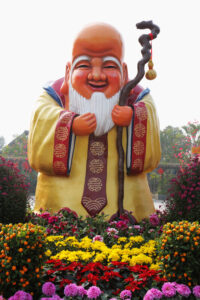
On the other hand, back in ‘lockdown’ when I cycled out into the New Forest and took a wander round a few rural churchyards, I was rather surprised to see people living to a good age a century of more back. Some into their eighties, which I suppose – being the strongest consitutions – would be ninety year olds of today.
I find much the same in rural churchyards I have visited elsewhere, though my analysis is hardly comprehensive.
Curiously, 34 seemed to be a hazardous age in one cemetery in the Outer Hebrides, my guide – a local man – was 43, and so I congratulated him on his achievement!
But seriously, it got me thinking about health. Are we truly healthier? What is the secret to living longer and healthier?
One of the wonders of the internet age is the ability to do a little armchair analysis. The NHS statistics service (NHSBSA) tells us that the cost of medicines prescribed in primary care in England was £9.4 billion in 2020/21, 55% of the total drug expenditure (hospital prescriptions making up the other 45%).
Seems to me that if we were truly living healthier lives, that longevity would not come at this cost.
That my wanderings have been into rural cemeteries in Britian is significant. I suspect the story in the industrial cities would be very different. Factory life was harsh. Social class was and remains today an important factor in health and lifespan.
So, my hypothesis could stand or fall on the data I choose to select (a subtlety not lost on those who write ‘scientific’ papers today, by the way).
Still, I will hazard a guess that rural communities who lived by the seasons, in unpolluted environments, ate simply, and worked hard but suffered low stress, were quite healthy. At a time when there was not much medical intervention either.
We need to understand why our drugs budget is so high. NHSBSA have some revealing statistical collections that tell us that:
Needless to say, the most deprived areas received the higher proportion of the prescriptions.
Drug cost is just a part of the picture. The drugs are a short term fix. In the longer term health conditions become more complex and more costly, especially where in-patient care is required.
How do you react to these figures?
Cardiologist Dr Assem Malhotra has some interesting observations – here is a recent interview with Dr Ken Berry MD on YouTube. It is worth a watch.
It should not come as a great surprise that the Malhotra and Berry conclude that the fundamentals of health for most of us are quite simple
I have written before about colour and diet, here is a nice photograph to illustrate the point.
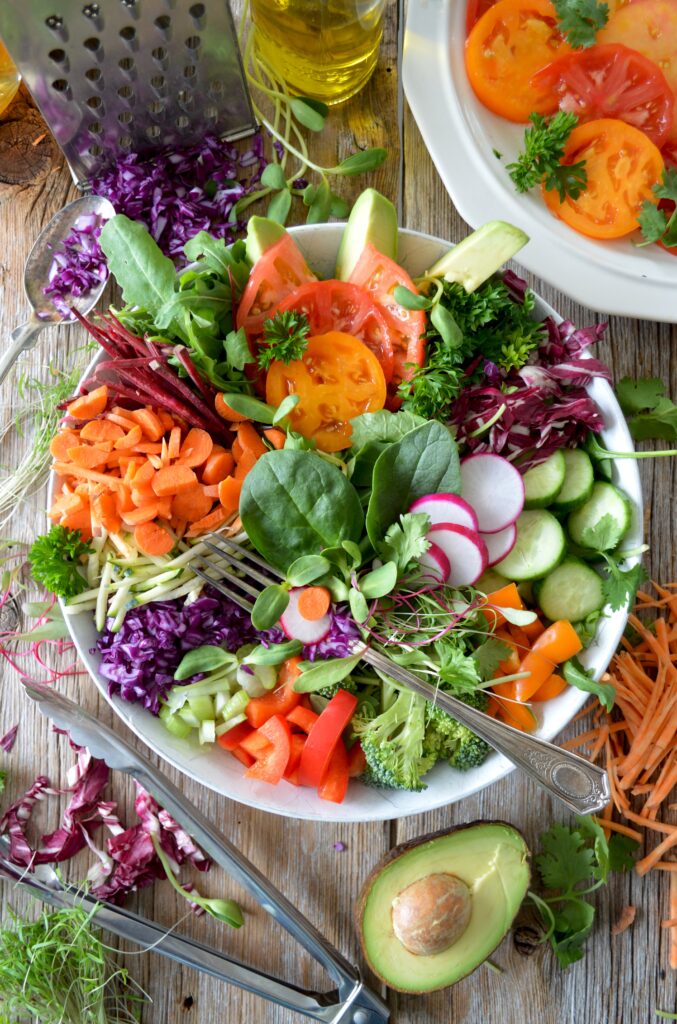
Were it possible to go back in time and apply a light touch of modern medical practice, I rather think the longevity of our ancestors would match that of today, with better underlying health. By light touch, I mean simple steps to reduce infant death, handle trauma, and acute life threatenting conditions.
Towards the end of the interview Dr Malhotra explains the true cost to health of poor diet.
In this topsy turvy world is it not strange that ultra-processed food is cheaper than fresh simple food? Deprivation and disease go hand in hand.
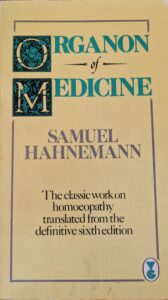
I suppose this blog should be about homeopathy, yet no mention thus far. Well, here is a snippet.
Last month I wrote about Dr Samuel Hahnemann, generally considered the founding father of homeopathic medicine, who makes it very clear in his profound book, The Organon of Medicine that removing obstacles to cure is the first step to health. Here are his words written in the early 1800s:
It is obvious that every reasonable physician will first of all remove the causa occasionalis; after that the indisposition usually disappears on its own.
Organon of Medicine, Aphorism 7 footnote (in part) – Dr Samuel Hahnemann
It’s the old saying “a stitch in time saves nine”. So what might you sew (or sow) in 2023?
https://www.instagram.com/p/CnMSdUPo5JW/
Isn’t this a fantastic looking flower? It is an ornamental hybrid of the common onion from which the homeopathic remedy Allium Cepa derives.
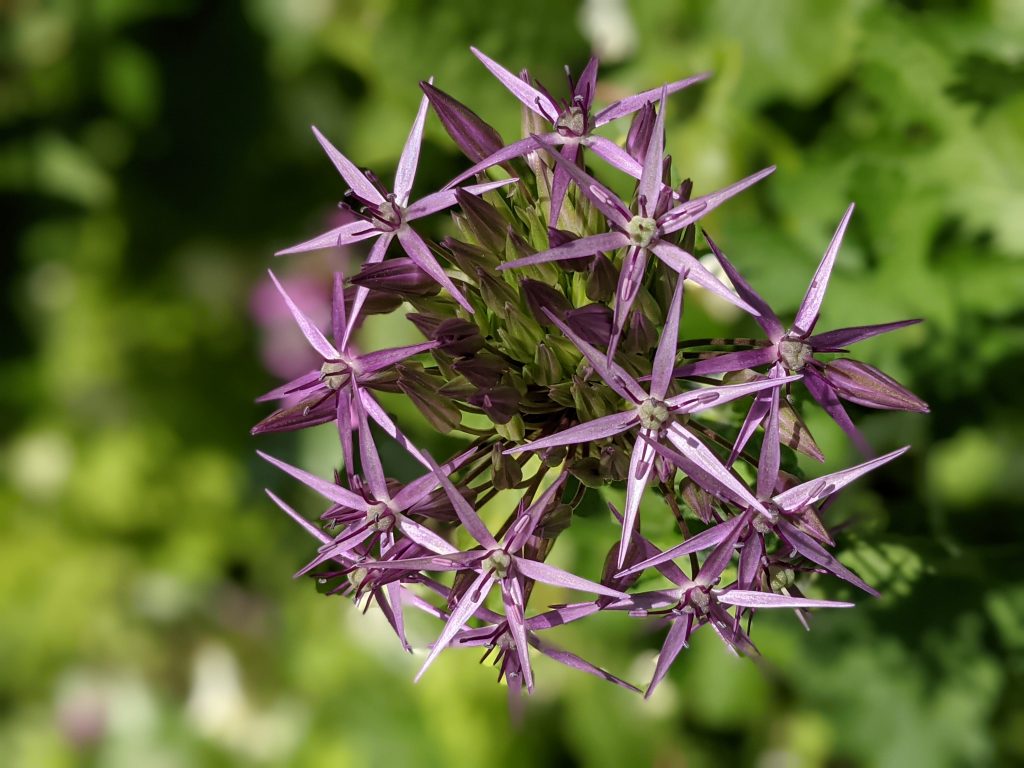
The name which may derive from two Celtic words “all” and “cep”, meaning “hot” and “head”. In full bloom the flower is indeed like a head – a big beautiful sphere.
The onion family includes garlic and leeks. Plants used nutritionally and medicinally for centuries. Today the medicinal benefits are still recognised – here is one article – read more
In folklore, even in the 19th century, placing sliced onions around the home, or in a bag worn around the neck was considered to protect against contagion during epidemics.
Perhaps we should revisit past wisdom, given the current (Covid) challenges? But I suspect sending your children back to school with a bag of chopped onions around their neck might not be popular?
When chopping onions for the cooking pot streaming eyes and runny nose is all too familiar! This is “coryza” or “rhinitis” in medical parlance.
As a homeopathic medicine, one paarticular use of Allium Cepa is in the treatment of an attack of “hay fever”, whose symptoms of coryza, as you all know, are rather similar to those from chopping onions. The nasal discharge is acrid and that from the eye bland.
The homeopathic core principle is “like cures like”. This means giving a medicine that mimics the symptoms suffered.
Homeopathy supports the body’s attempt to cure. It helps it over “the hill” that needs to be climbed.
As I wrote last month “Jaw Jaw is better than War War”
The body speaks its language – it informs; we must listen and act accordingly.
The runny nose of the common cold can be similar to the characteristics of Allium Cepa, but in this case it may be best to suffer the inconvenience as the discharge from the nose has a purpose – namely to eliminate the virus.
Sometimes it is best not to supress symptoms. That includes the use of over the counter remedies such as LemSip and so on. Yes, you feel better but you are hampering the healing.
Symptoms, from a homeopathic perspective, are not just an inconvenience – they point the way to cure.
They inform.
Cutting edge Quantum Physics tells us that our entire universe is “informed”. Indeed, it tells us that we are “informed” – right from the moment of our birth to our last breath.
Current thinking is that the brain is a sort of transmitter / receiver, as much as a pseudo computer for processing our thoughts and bodily signals.
So, the brain may be receiving “downloads” – something like the downloads to our electronic gadgets. Fascinating.
Last night, courtesy of the Scientific and Medical Network I listened to Dr Doug Matzke talk about his research into quantum computing.
He has a new book titled “Deep Reality” – tad over my head mathematically – but the fundamental role of “information” in nature is becoming clear.
Homeopathy is information medicine, born ahead of its time.
“Due to overconsumption of de-natured food, and a lack of exercise and fresh air, many people, especially in the second half of their lives, often become caricatures of themselves … Nowadays we rarely see a really beautiful and healthy looking person … we are either too far or too thin .. or legs are swollen, our feet flat, our backs, bent, our necks stiff. We lose our hair, suffer from dental decay, headaches, flatulence, constipation and depression; we tire quickly and worst of all, many of us no longer enjoy life. Many people never feel really well“. Naturopath, Jan de Vries, from 10 Golden Rules For Good Health (2nd edition 2008)
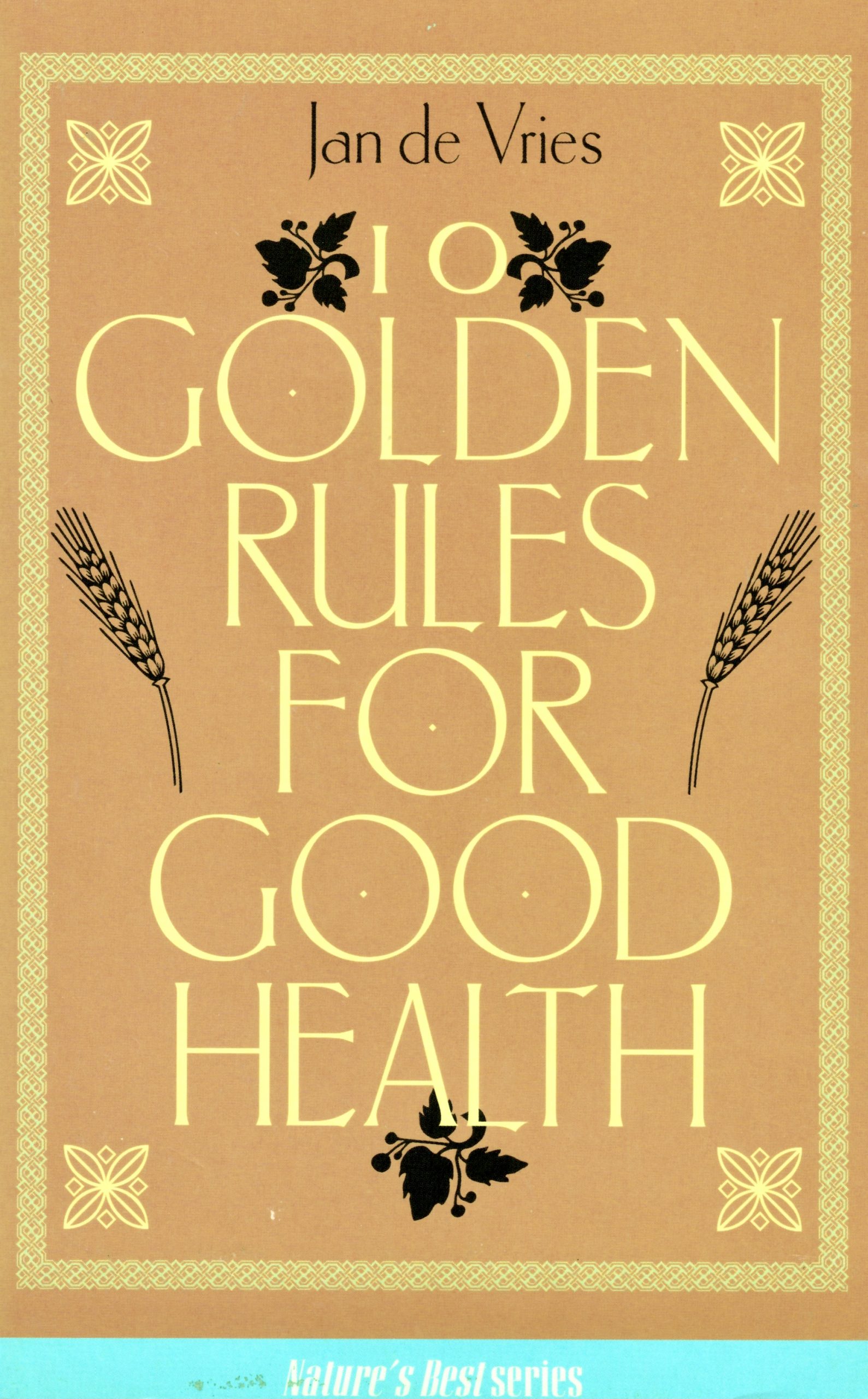
Not a very welcome message, perhaps, but a well meaning one from one of the most notable Naturopaths in the UK and beyond in recent years.
Alas, he is no longer with us, but for many decades Jan de Vries had a clinic in Troon, Ayrshire and people sought his advice from near and far.
He even had a slot on Gloria Hunniford’s BBC Radio show. He worked a 90 hour week which included writing many books!
I once had a consultation and his busy clinic was like a hospital out patient dept. He was much loved and is sadly missed.
The Naturopathic approach to health is focuses on the basics, recognising that the self regulating nature of the human organism works best when treated with respect. His five pillars to good health were nutrition, digestion, elimination, circulation and relaxation.
The 10 Golden Rules expand on the five pillars to include such as sleep, and mental health and mental attitude. Top of the list, always, comes nutrition. He tells us that the diets of western industrialised countries – especially the USA and Europe – have changed more in the last 100-150 years, than across millennia before.
Processed foods, sugar, excess alcohol, industrial farming and so on, are not what the body needs. Instead seventy percent of our diets should be of plant origin, and raw fruits and vegetables should be an important part of daily nutrition. Medical science has also come to appreciate the relationship between a healthy immune system and a healthy gut.
Obesity seems to have become rather an epidemic these days. In the past the poor were thin, as is still the case in the developing countries but the opposite seems to be the picture in the western world. And it is the western world that has suffered the most in this Covid-19 pandemic. Food for thought?
